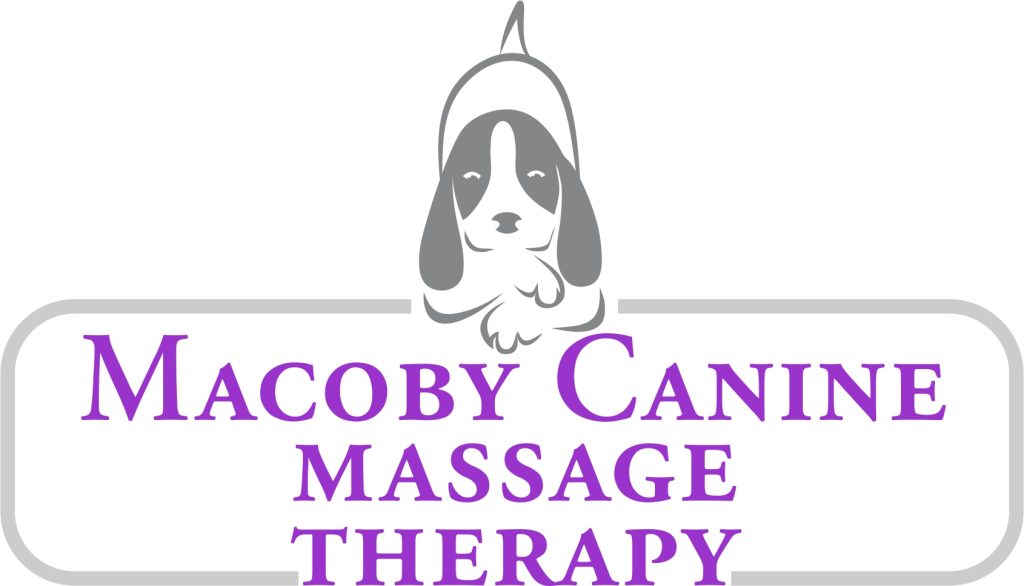At Dignipets we are always looking at different ways to help our palliative, hospice and end of life patients.
Last week we were able to meet Kim Rufus RVN, a local registered veterinary nurse who is qualified to perform clinical canine massage in the home.
Complimentary not a substitute
Although many conditions require pain relief and other medications to help keep your pet comfortable, there are also complementary therapies available that can make a difference to the quality of a pets life.
Clinical Canine Massage is suitable for older dogs and can help adjacent to pain relief with a variety of muscular and orthopaedic conditions, such as arthritis.
Clinical canine massage can also be a relaxing experience and can help soothe those pets who are near end of life. It is important to note that massage is a complimentary therapy next to medication not a substitute for pain relief.
Key Benefits
-
Improved mobility: Massage increases blood flow and flexibility, helping stiff joints move more freely.
-
Pain relief: The release of endorphins during massage acts as a natural painkiller.
-
Stress reduction: Gentle touch calms the nervous system, reducing anxiety and promoting relaxation.
-
Enhanced circulation: Better blood and lymph flow supports healing and detoxification.
- Boosted mood: Many owners report their dogs seem happier and more energetic after sessions.
What a Session Looks Like
A certified canine massage therapist will assess your dog’s gait, posture, and muscle tone. Using a blend of techniques, they’ll gently manipulate soft tissues to release tension and restore movement. Sessions are tailored to your dog’s needs and comfort level, often lasting 30–60 minutes.
It was great to be able to meet Kim and see how clinical canine massage could potentially help our palliative, hospice and end of life patients.
